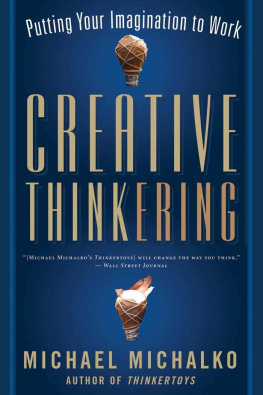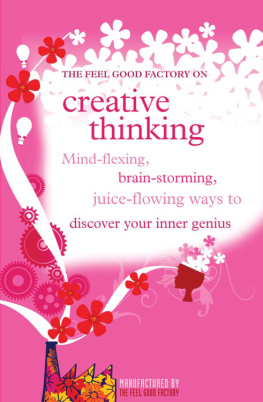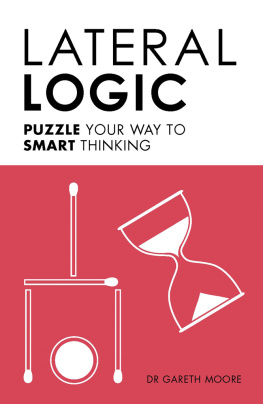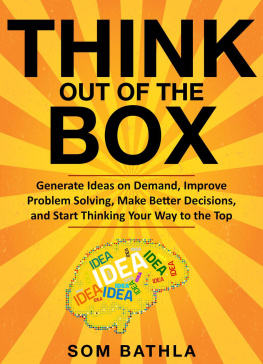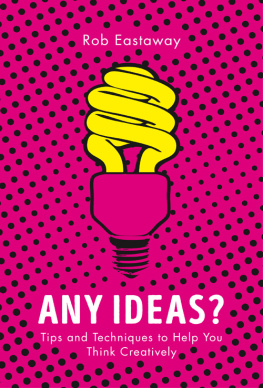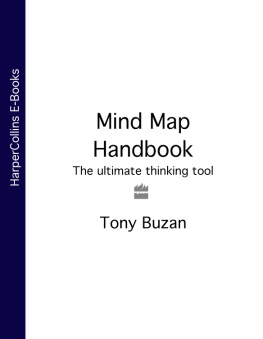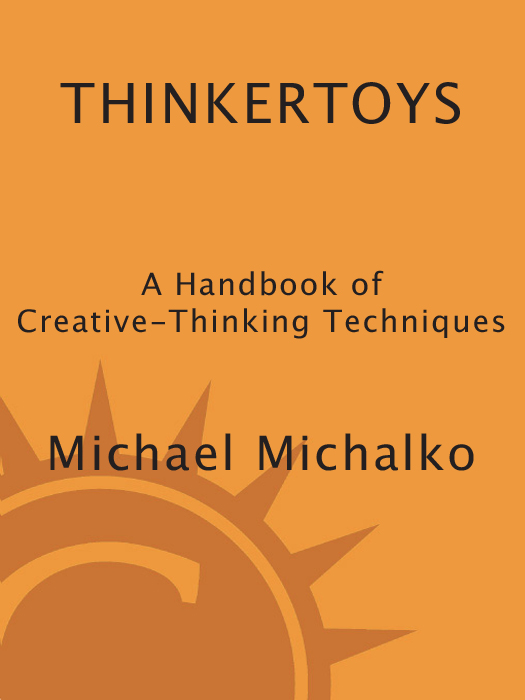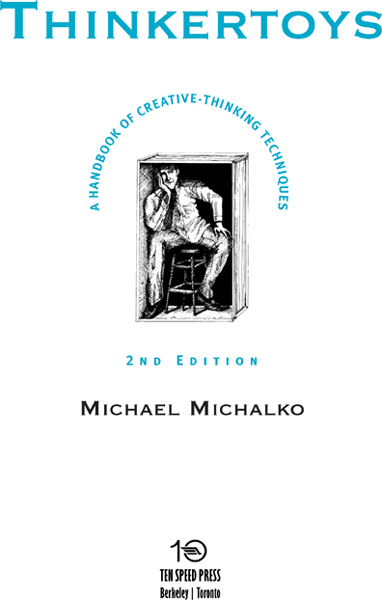DEDICATION
This book and my love are dedicated to Anne, my wife and partner, who has free rent in my heart, forever.
ACKNOWLEDGMENT
I thank Charlotte Bruney, Parish Administrator of St. Vincent de Paul in Churchville, New York, for reawakening my faith and for reminding me of the single most important thing in life, which I had forgotten long ago. Charlotte reminded me that the real nature of human feeling is mostly the same from person to person, mostly the same in every person everywhere on earth. Of course there is that part of human feeling where we are all different. Each one of us has our own idiosyncrasies and our own unique human character. That is the part people are talking about when they are talking about feelings and comparing feelings. But that part is about ten percent of the feelings we feel. Ninety percent of all our feelings is stuff in which we are all the same and feel the same things. This shared universal human feeling has been forgotten by most people, hidden in the mess of opinion, conflicts, and personal differences voiced by governments, religions, politicians, academics, celebrities, and, of course, the omnipresent and omnipotent mass media. These voices of disharmony and disunity have disconnected us from each other and have rusted our hearts. We need to ignore these voices of discord and reawaken each other to honor and respect this huge oceanthis ninety percentin which our feelings are all alike. Maybe, if we do that, we will have heaven on earth.
CONTENTS
WARNING:
THIS BOOK IS FOR MONKEYS
Your business attitude determines your potential for innovation, creativity, even genius, and success in your field. There are two basic business attitudes, which I call the kitten and the monkey, because of how each animal deals with stress and change.
If a small kitten is confused or in danger, it will do nothing but mew until its mother comes and carries it to safety. By contrast, a baby monkey will run to its mother and jump on her back at the first sign of trouble. The baby monkey then rides to safety, hanging on for itself.
This book can do little for people with the kitten attitudethose who cry for help when faced with a challenge or problem. Thinkertoys is designed for the monkeys, who are willing to work on themselves, work to develop their business creativity, and work on coming up with innovative ideas and are ready to enjoy the very real benefits of that work.
If you have the monkey attitude and want a wealth of original ideas to improve your business or personal life, this book is for you. I invite you to take these Thinkertoys and use them to create the ideas you need to change your life. Thinkertoys are solid, creative techniques that show you how to get ideas. The rest is up to you.
(Hope for those with the kitten attitude: If you want to change, you will find the help you need in Chapter One, Original Spin, with exercises and encouragement for developing the monkey attitude.)
PREFACE TO THE NEW EDITION
The general chooses the road to safety or to ruin.
SUN TZU
Think about the trees along a wild and windblown lake. The pattern of these trees is so made that when the wind blows they all bend in concert, and all of the forces in the system stay in balance. The pattern of the bending trees, plants, and roots makes them all self-maintaining and whole.
Now think about a piece of land that is very steep and where erosion takes place. There arent enough trees to hold the earth together. It rains in torrents, and water carries the earth down streams, which form gullies. Here the pattern of the trees and plants is poor. The earth is not bound together because there are not enough roots or plants. Each time the wind blows or it rains, the erosion deepens. The pattern of this system is such that the forces that it gives birth to in the long run act to destroy the system. The system is self-destroying. It does not have the capacity to contain the forces that arise within it.
Nature doesnt care if patterns are creative or destructive. What matters to nature is the way things self-organize, the way they cooperate to form coherent patterns. When you look at natures patterns, contents arent contained anywhere but are revealed only by the dynamics. With the trees, form and content are inextricably connected and cant be separated. The healthy pattern of trees bending in concert creates harmony and beauty, whereas the other pattern is destructive and ugly.
It is the same with people. With the trees, it is the wind, rain, roots and erosion that form the patterns; with people, it is a common body of human behaviors from which patterns blend together to create the person. A positive self-image is like the pattern of the trees and wind and is self-maintaining and creative; a poor self-image is like the pattern of the gullies and rain and is self-destructive.
Take three blank sheets of paper and place them side by side a few inches apart. Leave the center one blank. On the right one draw a small diamond-shaped dot in the middle of the page. On the left one draw an irregular squiggle.

Which sheet of paper is more like your real self? Which of the three sheets seem like a better picture of all of you, with all your hopes, fears, and weaknesses, as you are at this point of time. Which comes closest to representing the way you feel about yourself?
The majority of people choose either the squiggle or the blank sheet. Almost none chose the diamond-shaped dot. Yet, the sheet with the dot is the most centered and solid and has the most feeling and potential. The blank sheet feels empty and meaningless. The one with the squiggle creates an impression of disturbance and incoherence.
You may wonder if the descriptions are accurate. To convince you, let me propose a thought experiment. Suppose you are with the person you love more than any other person on the face of the earth. And suppose you just made the three pieces of paper we have been looking at. Imagine that you are asked to give the sheet of paper that most represents your love to the person. Which of the three do you give? Most likely, you will give the one on the right because it feels valuable, feels worth giving, and feels the most meaningful of the three.
The majority of us feel an emptiness and incoherence in our lives, which is why we think of ourselves as blanks or squiggles instead of diamonds. We know the diamond-shaped dot was what we wanted to select but, in some way, our sense of self made us feel unworthy, and so we rationalized why we selected the squiggle or the blank. It is the same way in life.
We are tacitly taught that we exist and just are the way we are. We have been taught that all people are true to their own genes, environment, and nature. We are conditioned to be objects. We are taught to be me, instead of I. When you think of yourself as me, you are limited. The me is always limited because it is a passive object, rather than an active subject. The me doesnt act; it is acted upon by outside forces.
When you see yourself as an object, you believe how others (parents, teachers, peers, colleagues, and so on) describe you. You become that. You might want to be an artist, but others might tell you that you have no talent, training, or temperament to be an artist. The me will say, Who do you think you are? You are just an ordinary person. Get real.


